Home>Renovation & DIY>Home Renovation Guides>How Do I Report Rental Home Upgrades In Turbo Tax


Home Renovation Guides
How Do I Report Rental Home Upgrades In Turbo Tax
Modified: December 28, 2023
Learn how to report rental home upgrades in TurboTax with our comprehensive home renovation guides. Ensure you maximize your tax benefits with our step-by-step instructions.
(Many of the links in this article redirect to a specific reviewed product. Your purchase of these products through affiliate links helps to generate commission for Storables.com, at no extra cost. Learn more)
**
Introduction
**
Owning a rental property can be a lucrative investment, but it also comes with its fair share of responsibilities. As a landlord, you may find yourself making various upgrades and improvements to your rental home to attract tenants and maintain its value. These upgrades can range from minor repairs to major renovations, all of which contribute to the overall appeal and functionality of the property.
In the eyes of the Internal Revenue Service (IRS), rental home upgrades are considered capital expenses. This means that the costs incurred for these improvements are not fully deductible in the year they are made. Instead, they are typically depreciated over several years, allowing you to recoup the costs gradually.
When tax season rolls around, landlords must navigate the process of reporting these upgrades accurately to ensure compliance with tax laws and maximize their potential deductions. Fortunately, tax preparation software like TurboTax can streamline this process, guiding landlords through the necessary steps to report rental home upgrades effectively.
In this guide, we will delve into the intricacies of rental home upgrades, explore how to report them in TurboTax, and uncover the potential tax benefits associated with these improvements. Whether you're a seasoned landlord or a newcomer to the world of rental properties, understanding the tax implications of home upgrades is crucial for optimizing your financial strategy and ensuring a smooth tax-filing experience. So, let's embark on this informative journey to demystify the process of reporting rental home upgrades in TurboTax.
**
Key Takeaways:
- When reporting rental home upgrades in TurboTax, landlords can categorize repairs and capital improvements to maximize tax benefits. TurboTax simplifies the process, ensuring accurate reporting and potential deductions for landlords.
- Landlords can strategically deduct rental home upgrades and leverage available tax incentives, such as energy-efficient improvements, to optimize their tax positions and enhance the long-term value of their rental properties. TurboTax provides the necessary tools and guidance for effective tax management.
Understanding Rental Home Upgrades
**
Before delving into the tax implications and reporting procedures for rental home upgrades, it’s essential to grasp the significance of these enhancements and the diverse forms they can take. Rental home upgrades encompass a broad spectrum of improvements aimed at enhancing the property’s appeal, functionality, and overall value. These upgrades can be categorized into two primary types: repairs and capital improvements.
Repairs typically involve fixing existing components of the rental property to maintain its habitability and functionality. These may include tasks such as repairing a leaky faucet, patching a damaged roof, or fixing a malfunctioning HVAC system. While repairs are necessary for upkeep, they are not considered capital improvements and are generally fully deductible in the year they are incurred.
On the other hand, capital improvements entail substantial enhancements that extend the property’s useful life, increase its value, or adapt it to new uses. Examples of capital improvements include renovating a kitchen, adding a new bathroom, installing energy-efficient windows, or upgrading the electrical wiring. These improvements are typically more costly and are expected to provide long-term benefits to the property.
From a tax perspective, differentiating between repairs and capital improvements is crucial, as they are treated differently in terms of deductions and depreciation. While repairs can be expensed in full in the year they are made, capital improvements are capitalized and depreciated over time.
Additionally, it’s important to maintain detailed records of all rental home upgrades, including invoices, receipts, and contracts with service providers. These documents serve as evidence of the incurred expenses and the nature of the improvements, substantiating the deductions and depreciation claimed on tax returns.
Understanding the nature and classification of rental home upgrades lays the groundwork for navigating the tax reporting process effectively. With this knowledge in hand, landlords can confidently proceed to report these upgrades in TurboTax and leverage the available tax benefits to optimize their financial outcomes.
**
Reporting Rental Home Upgrades in TurboTax
**
When it comes to reporting rental home upgrades in TurboTax, the process is streamlined to guide landlords through accurately documenting these improvements and maximizing their tax benefits. TurboTax offers a dedicated section for rental property income and expenses, allowing landlords to input detailed information about their rental home upgrades and depreciation.
Upon entering the rental property section in TurboTax, landlords are prompted to provide a comprehensive overview of their rental income and expenses. Within this section, there is a specific area for entering details about the property’s assets and improvements, including the option to add new assets or update existing ones.
Landlords can input information about each rental home upgrade, such as the type of improvement, date of service, cost, and useful life. TurboTax facilitates the categorization of these upgrades as either repairs or capital improvements, ensuring that the appropriate tax treatment is applied based on the nature of the enhancement.
For capital improvements, landlords can leverage TurboTax’s built-in depreciation feature to calculate and allocate the depreciation expense over the applicable recovery period. TurboTax’s intuitive interface guides users through the depreciation process, taking into account the specific depreciation methods and conventions prescribed by the IRS.
Moreover, TurboTax provides the flexibility to import relevant financial data from external sources, such as accounting software or spreadsheets, streamlining the process of transferring information about rental home upgrades seamlessly into the tax return.
Throughout the reporting process, TurboTax offers helpful explanations and tips to ensure that landlords understand the implications of reporting rental home upgrades accurately. This guidance is invaluable for landlords who may be navigating the complexities of tax reporting for rental properties for the first time.
Once all the necessary details about rental home upgrades have been input into TurboTax, the software calculates the allowable deductions and depreciation, ultimately contributing to the determination of the landlord’s taxable income from the rental property.
By leveraging TurboTax’s user-friendly interface and comprehensive features, landlords can confidently navigate the process of reporting rental home upgrades, ensuring compliance with tax regulations and optimizing their tax outcomes.
**
When reporting rental home upgrades in TurboTax, make sure to keep all receipts and records of the expenses. You can deduct the cost of improvements, such as a new roof or HVAC system, over time through depreciation.
Deducting Rental Home Upgrades
**
One of the key considerations for landlords is the ability to deduct rental home upgrades, thereby mitigating the tax burden associated with these capital expenses. Deductions related to rental home upgrades can significantly impact a landlord’s taxable income, potentially resulting in substantial tax savings.
For repairs, landlords can typically deduct the full cost of these expenses in the year they are incurred. This immediate tax benefit provides landlords with a tangible incentive to address necessary repairs promptly, thereby ensuring the habitability and safety of the rental property.
On the other hand, capital improvements are subject to depreciation, which allows landlords to recoup the costs of these enhancements over time. The IRS mandates specific depreciation schedules for different types of assets, and rental property owners must adhere to these guidelines when claiming depreciation deductions for home upgrades.
When deducting rental home upgrades, landlords must consider the concept of “useful life,” which refers to the expected duration over which the asset will generate income. Capital improvements with longer useful lives are depreciated over a more extended period, while those with shorter useful lives are depreciated more rapidly.
TurboTax facilitates the depreciation process by providing a platform for landlords to calculate and allocate depreciation expenses accurately. By leveraging the appropriate depreciation methods and conventions, landlords can maximize their allowable deductions while maintaining compliance with IRS regulations.
Furthermore, landlords may be eligible for additional tax incentives related to certain types of rental home upgrades, such as energy-efficient improvements. The IRS offers various tax credits and incentives for eco-friendly upgrades, rewarding landlords for investing in sustainable and energy-saving features for their rental properties.
It’s important for landlords to stay informed about the evolving landscape of tax incentives and credits related to rental home upgrades, as these opportunities can contribute to significant tax savings and enhance the overall financial performance of rental properties.
By strategically deducting rental home upgrades and leveraging available tax incentives, landlords can optimize their tax positions and maximize the long-term value of their rental properties. TurboTax serves as a valuable ally in this endeavor, providing the necessary tools and guidance to navigate the complexities of rental property tax deductions effectively.
**
Conclusion
**
As landlords navigate the realm of rental property ownership, the process of reporting and deducting rental home upgrades holds significant implications for their financial well-being. Understanding the nuances of these upgrades, their tax treatment, and the utilization of tax preparation software such as TurboTax is paramount in optimizing tax outcomes and ensuring compliance with IRS regulations.
Rental home upgrades encompass a diverse array of improvements, ranging from essential repairs to substantial capital enhancements, all of which contribute to the quality and value of the rental property. By differentiating between repairs and capital improvements, landlords can effectively navigate the tax reporting process and leverage the associated deductions and depreciation benefits.
TurboTax serves as a comprehensive platform for landlords to report rental home upgrades accurately, offering intuitive features for inputting detailed information, categorizing upgrades, and calculating depreciation. The software’s user-friendly interface and guidance empower landlords to navigate the complexities of rental property tax reporting with confidence and ease.
Furthermore, the ability to strategically deduct rental home upgrades and capitalize on available tax incentives can significantly impact a landlord’s tax position, ultimately contributing to enhanced financial outcomes and long-term value creation for their rental properties.
As the landscape of tax regulations and incentives continues to evolve, staying informed about the latest developments and leveraging technology-driven solutions like TurboTax are instrumental in optimizing the tax strategy for rental properties.
In conclusion, the process of reporting rental home upgrades in TurboTax is a pivotal aspect of rental property ownership, offering landlords the opportunity to maximize tax benefits, streamline tax compliance, and enhance the overall financial performance of their rental properties. By embracing a proactive and informed approach to rental property tax management, landlords can position themselves for sustained success in the dynamic and rewarding realm of real estate investment.
Frequently Asked Questions about How Do I Report Rental Home Upgrades In Turbo Tax
Was this page helpful?
At Storables.com, we guarantee accurate and reliable information. Our content, validated by Expert Board Contributors, is crafted following stringent Editorial Policies. We're committed to providing you with well-researched, expert-backed insights for all your informational needs.



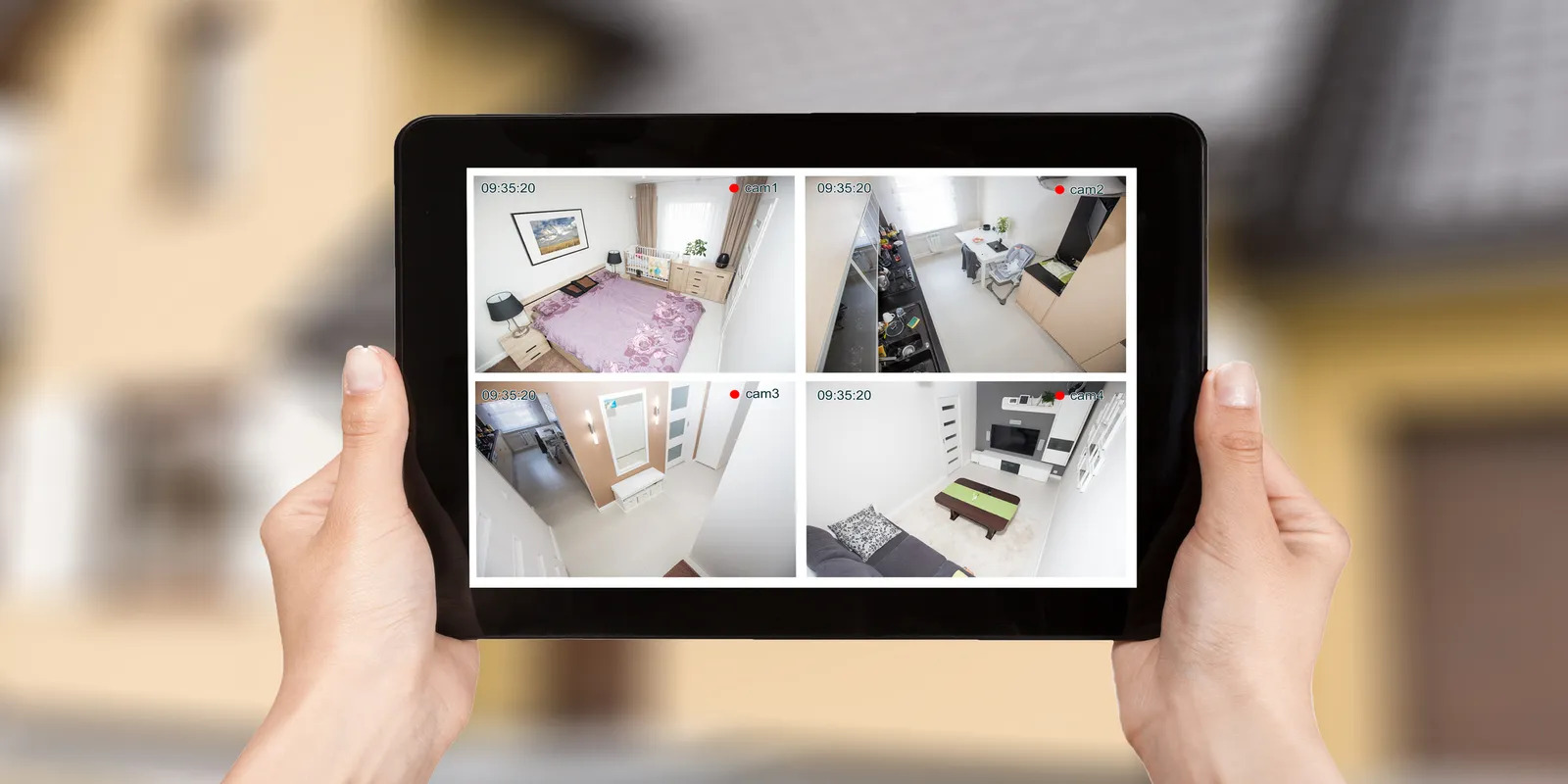


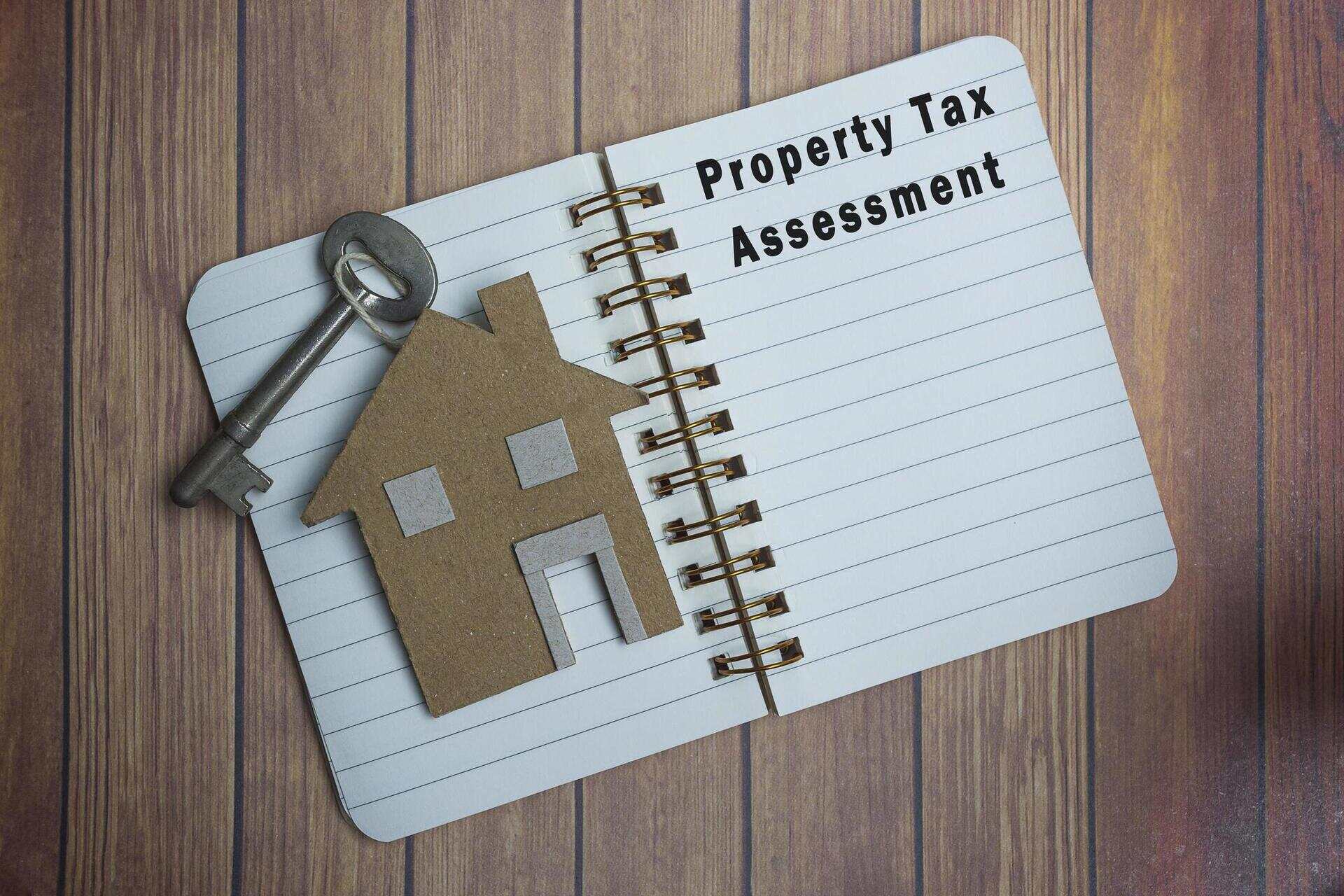
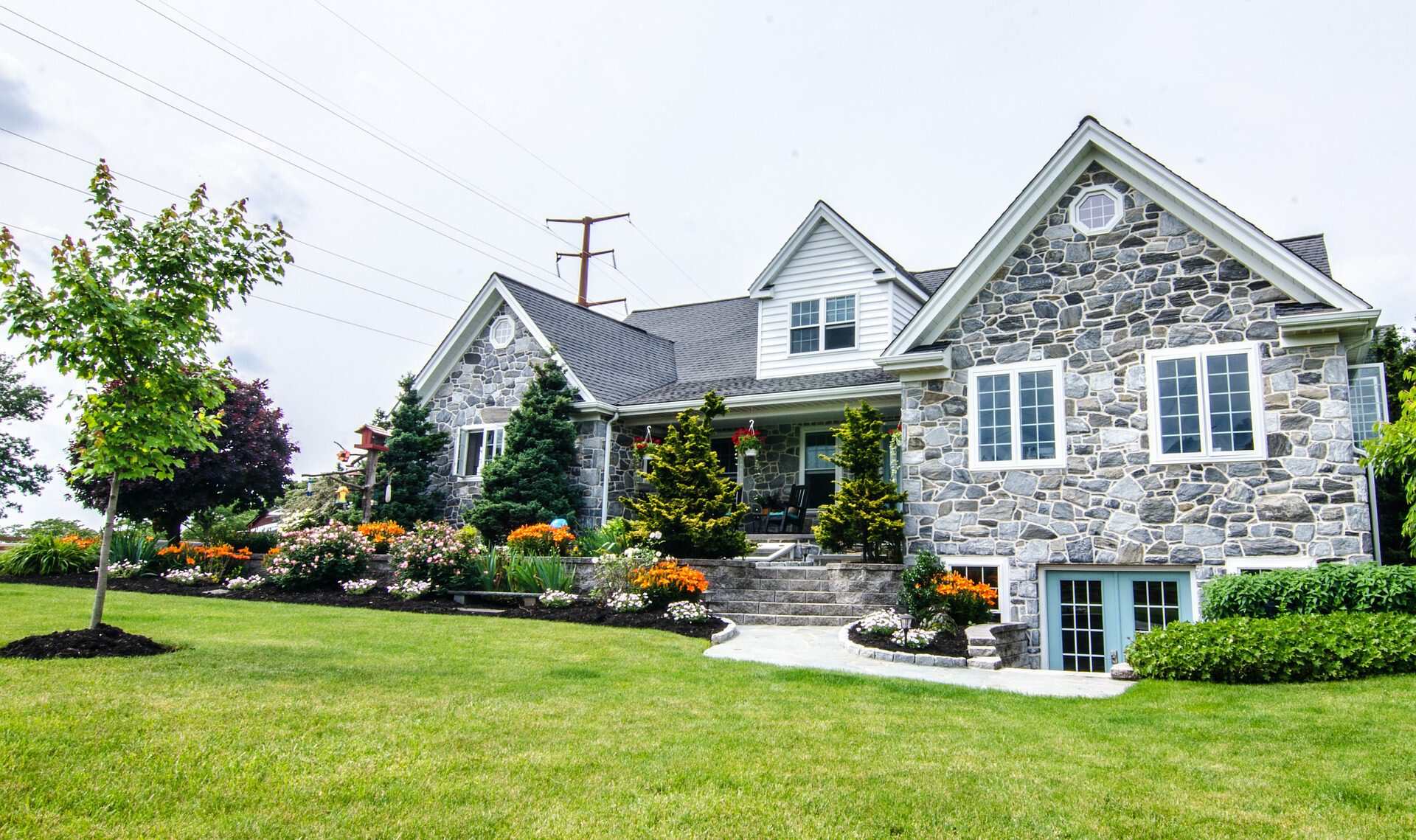
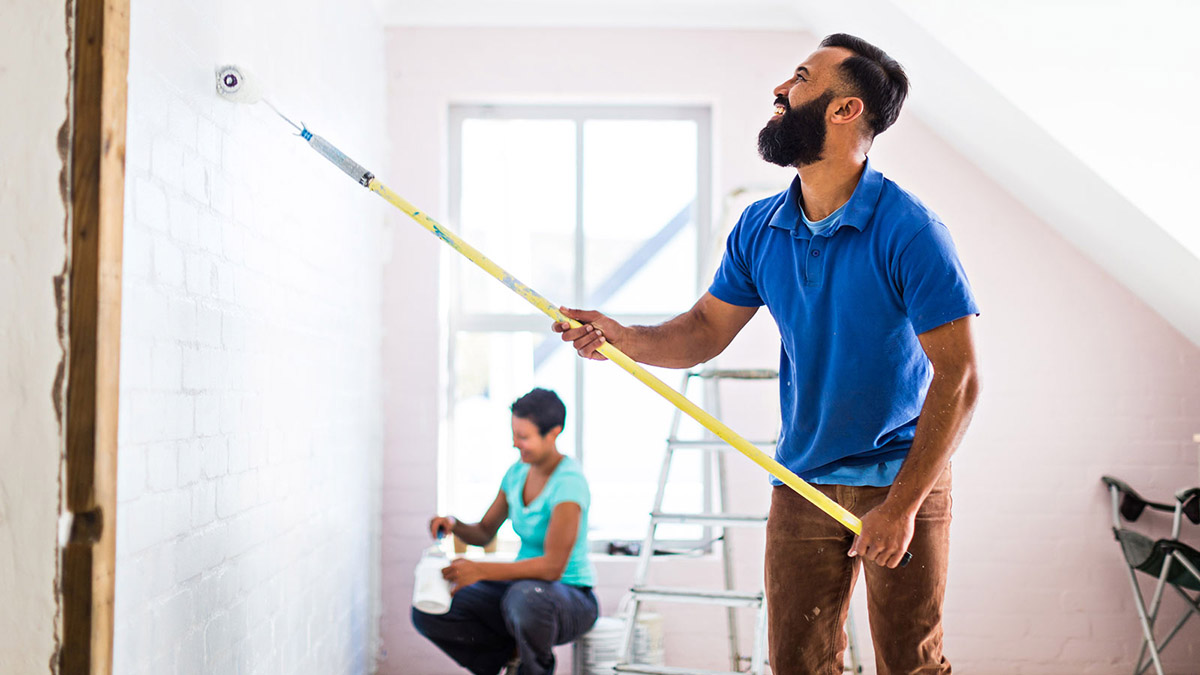

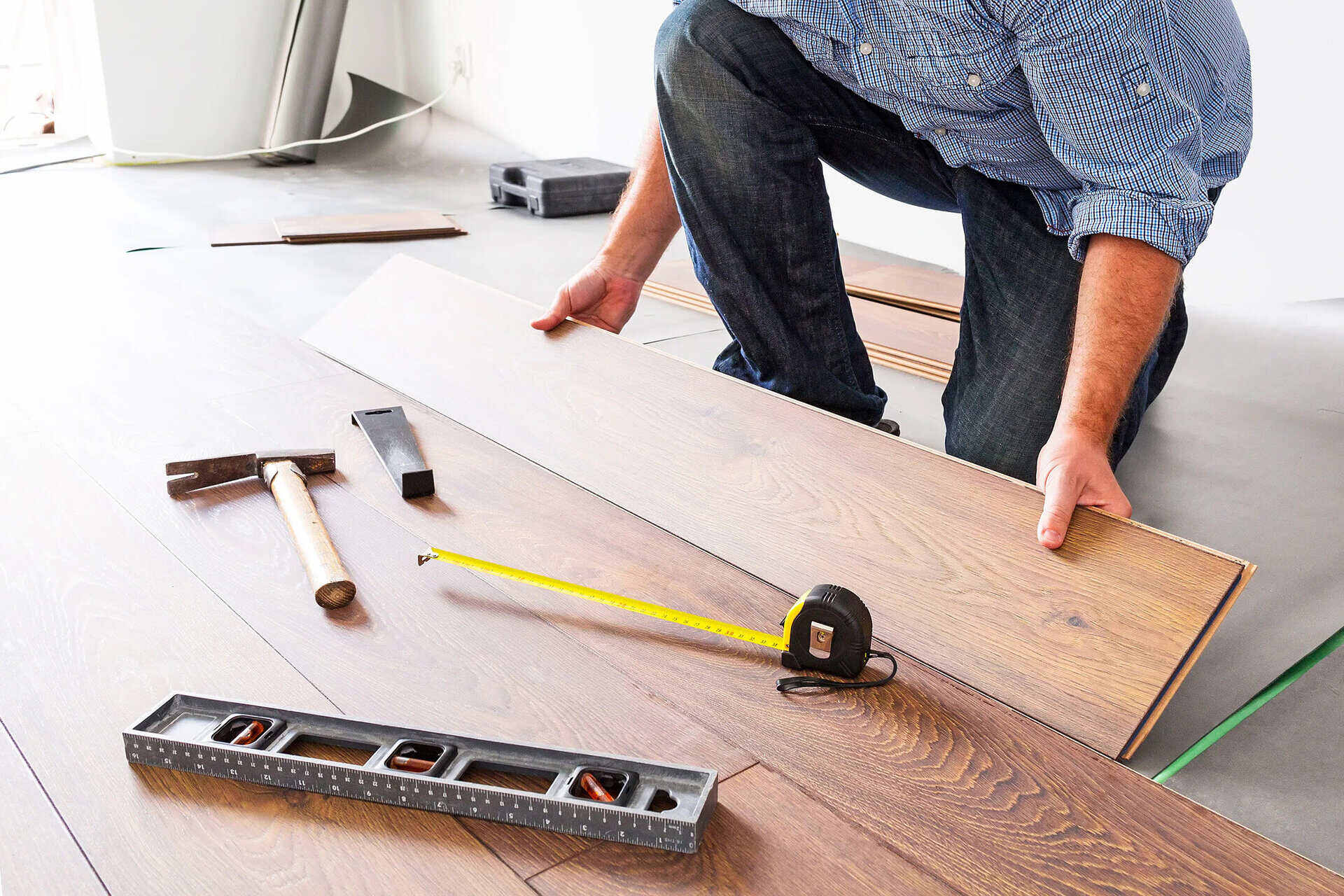
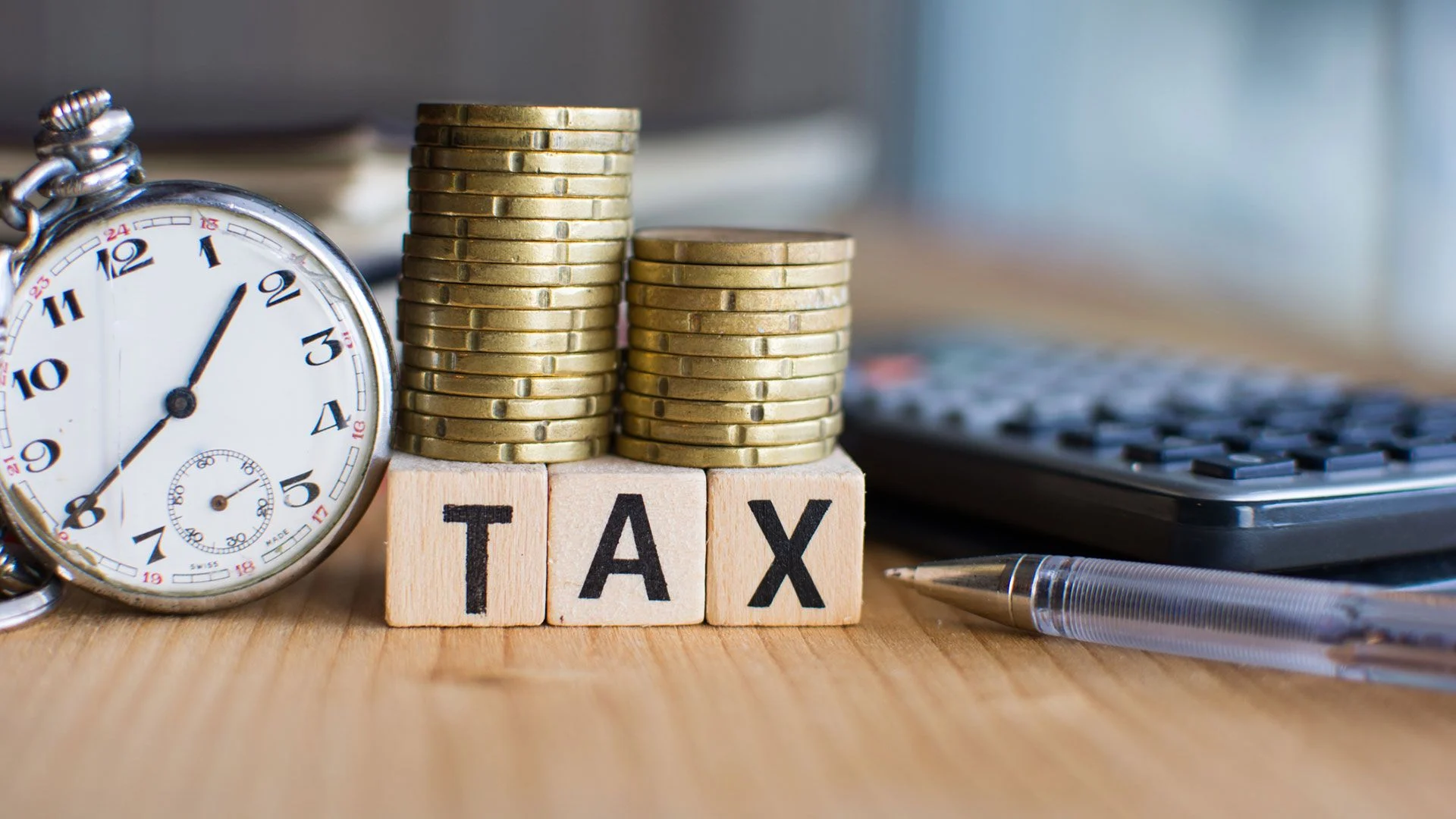
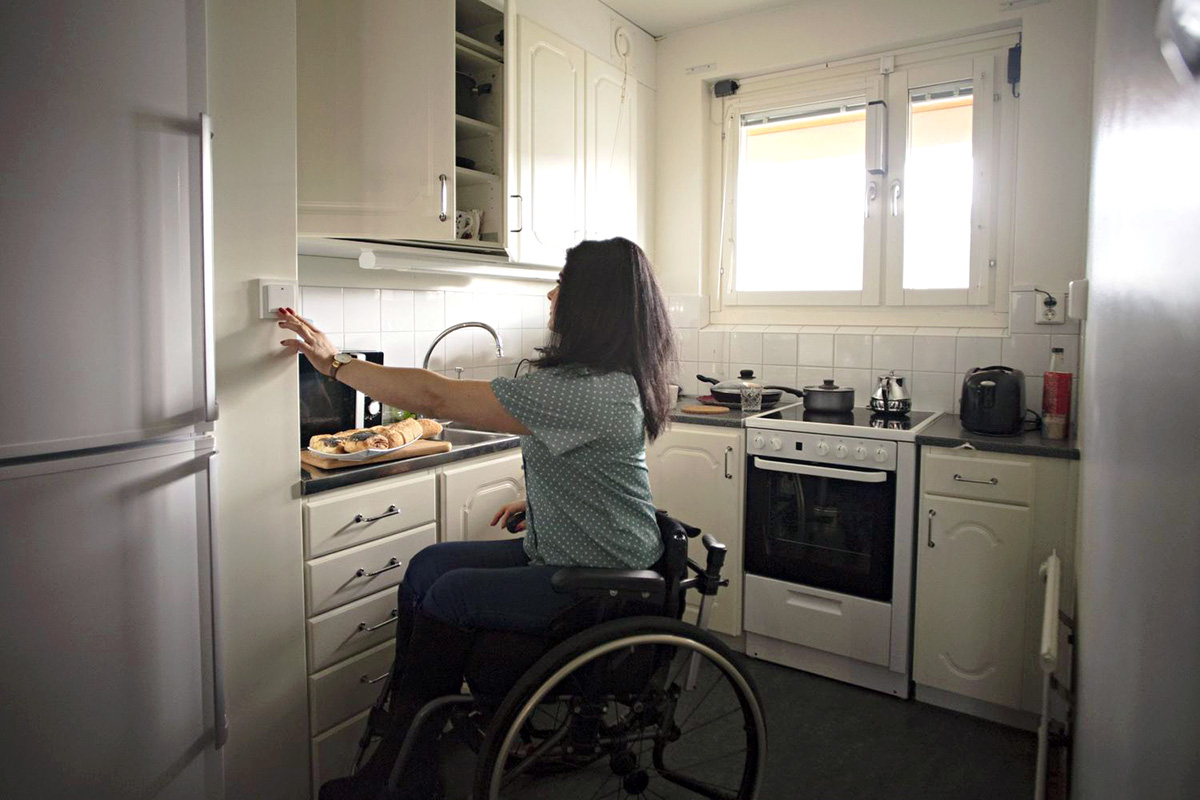
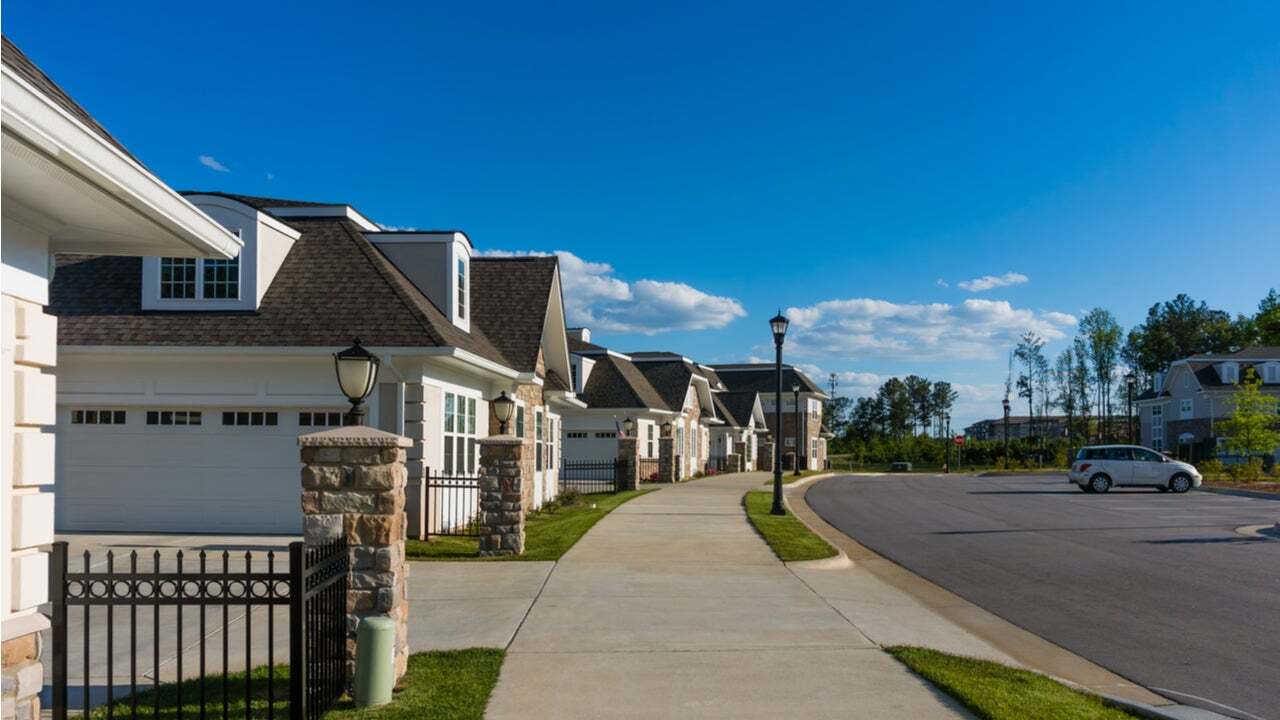
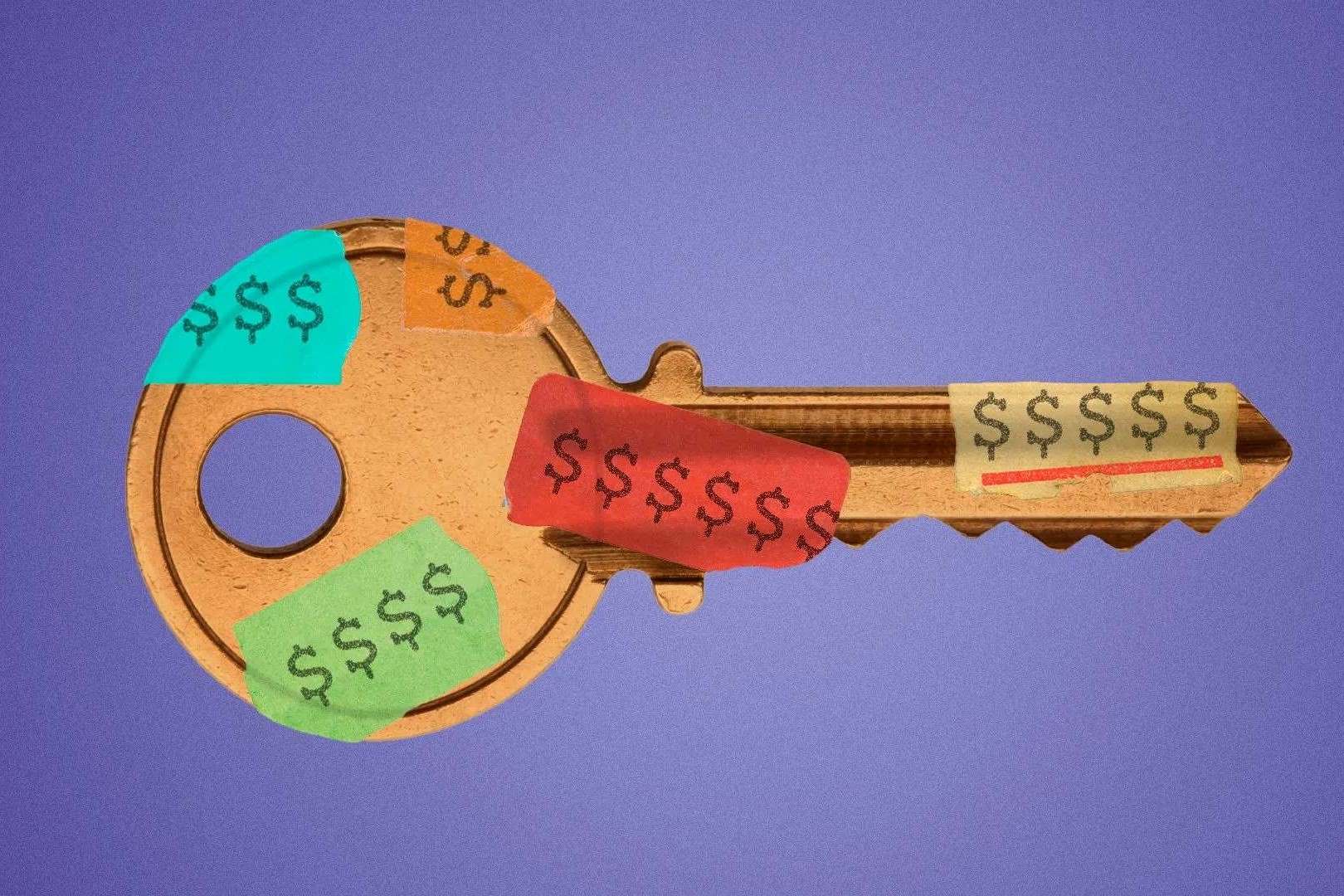

0 thoughts on “How Do I Report Rental Home Upgrades In Turbo Tax”